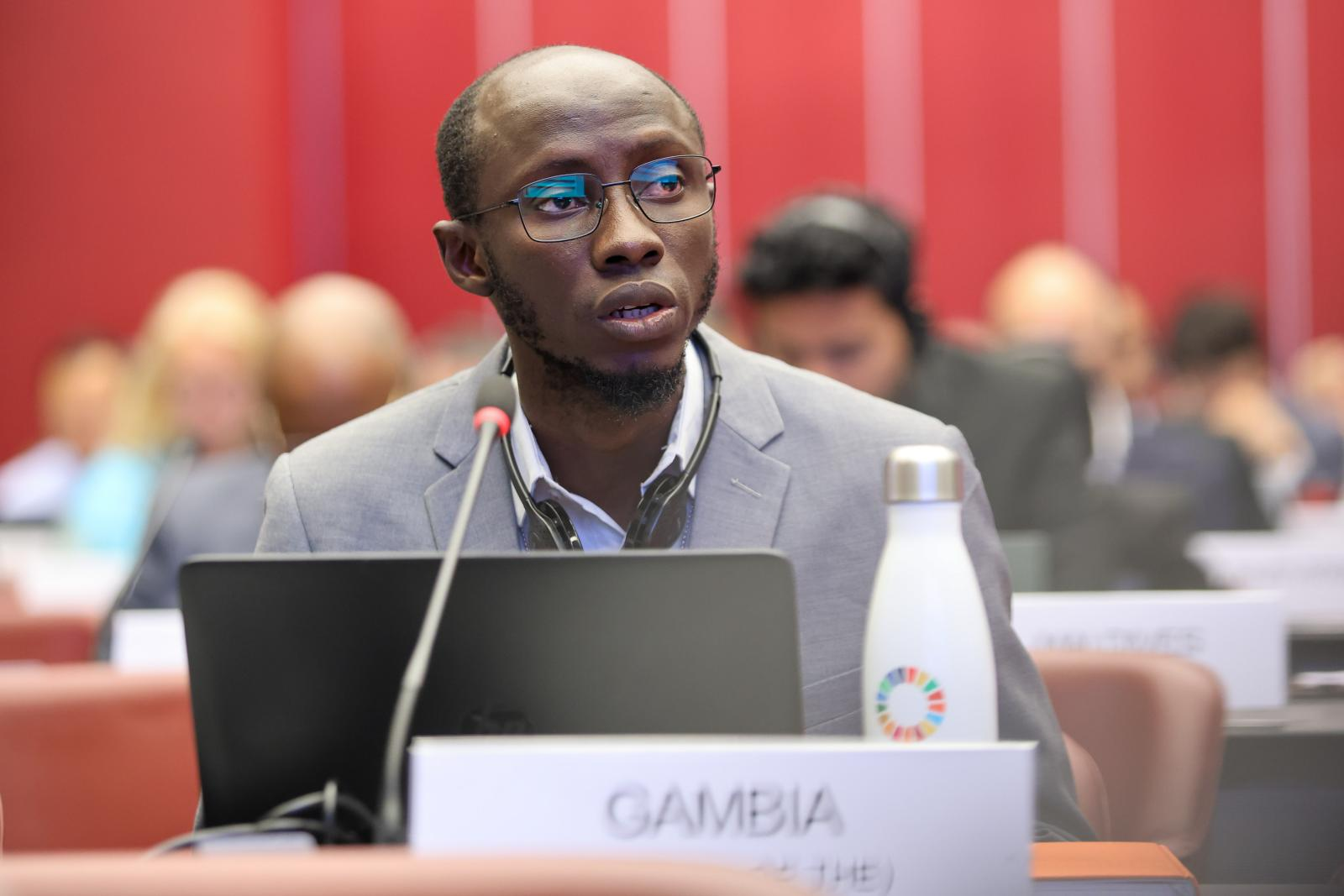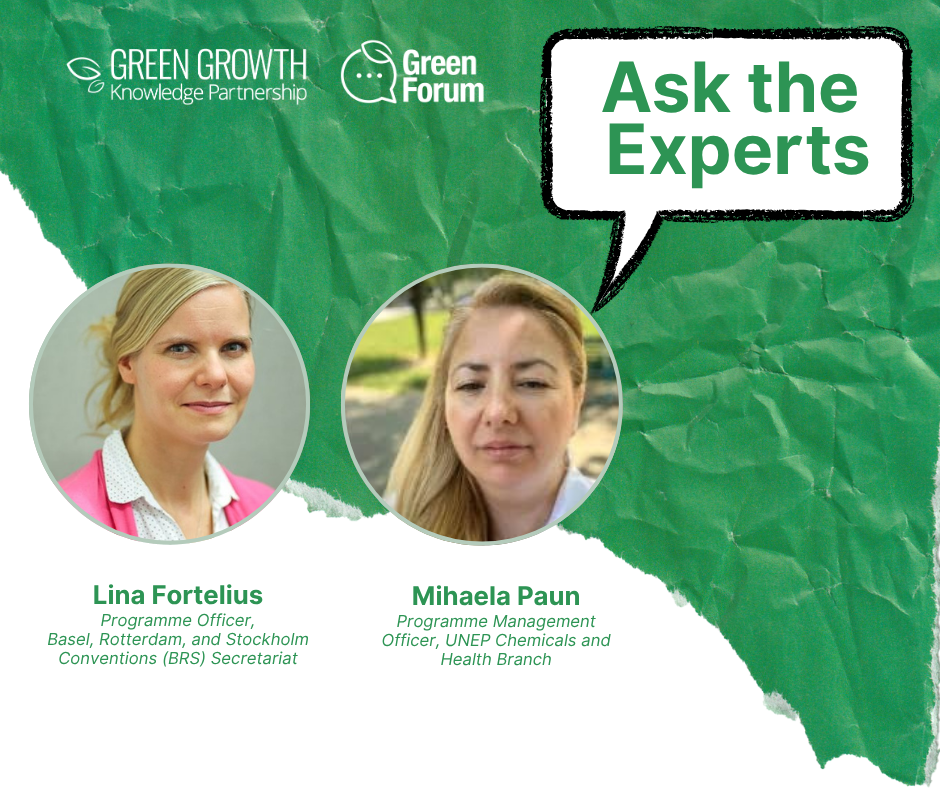This blog post was developed summarising the intervention of Guyana on the Global Green Growth Knowledge Partnership (GGKP) roundtable Inside the POPs Inventory: Lessons, Challenges and Successes from the Global NIP Update held on 14 April 2025.
As a Party to the Stockholm Convention, Guyana has undertaken significant efforts to develop and update its national inventory of Persistent Organic Pollutants (POPs). Guyana’s first National Implementation Plan (NIP) was completed in 2012, and the second was finalised in 2022. Each cycle has been driven by the obligation to comply with the Stockholm Convention, covering a broad scope: POPs pesticides, industrial POPs like polychlorinated biphenyls (PCBs) and perfluorooctanesulfonic acid (PFOS), unintentional POPs (uPOPs), and legacy chemicals such as dichlorodiphenyltrichloroethane (DDT) and hexachlorobenzene (HCB).
The POPs inventory is more than a reporting tool—it is central to the country’s strategy for compliance, risk identification and policy development. Guyana and its national experts recognised that developing a high-quality inventory would require proactive planning, early engagement, and the support of both national stakeholders and regional partners.
The foundation: Planning and partnerships
Early in the process, Guyana's team anticipated several challenges drawing on lessons from the previous NIP, including data gaps, limited institutional capacity and restricted access to historical records. In response, the NIP expert advised a proactive approach to identify all critical stakeholders and establish the necessary institutional frameworks to manage the inventory effectively. Technical and national working groups were established, and the team put significant effort into selecting the best data templates and guidance documents to ensure a harmonised approach. The Basel Convention Regional Centre (BCRC) provided technical and regional support based on their experience with other countries.
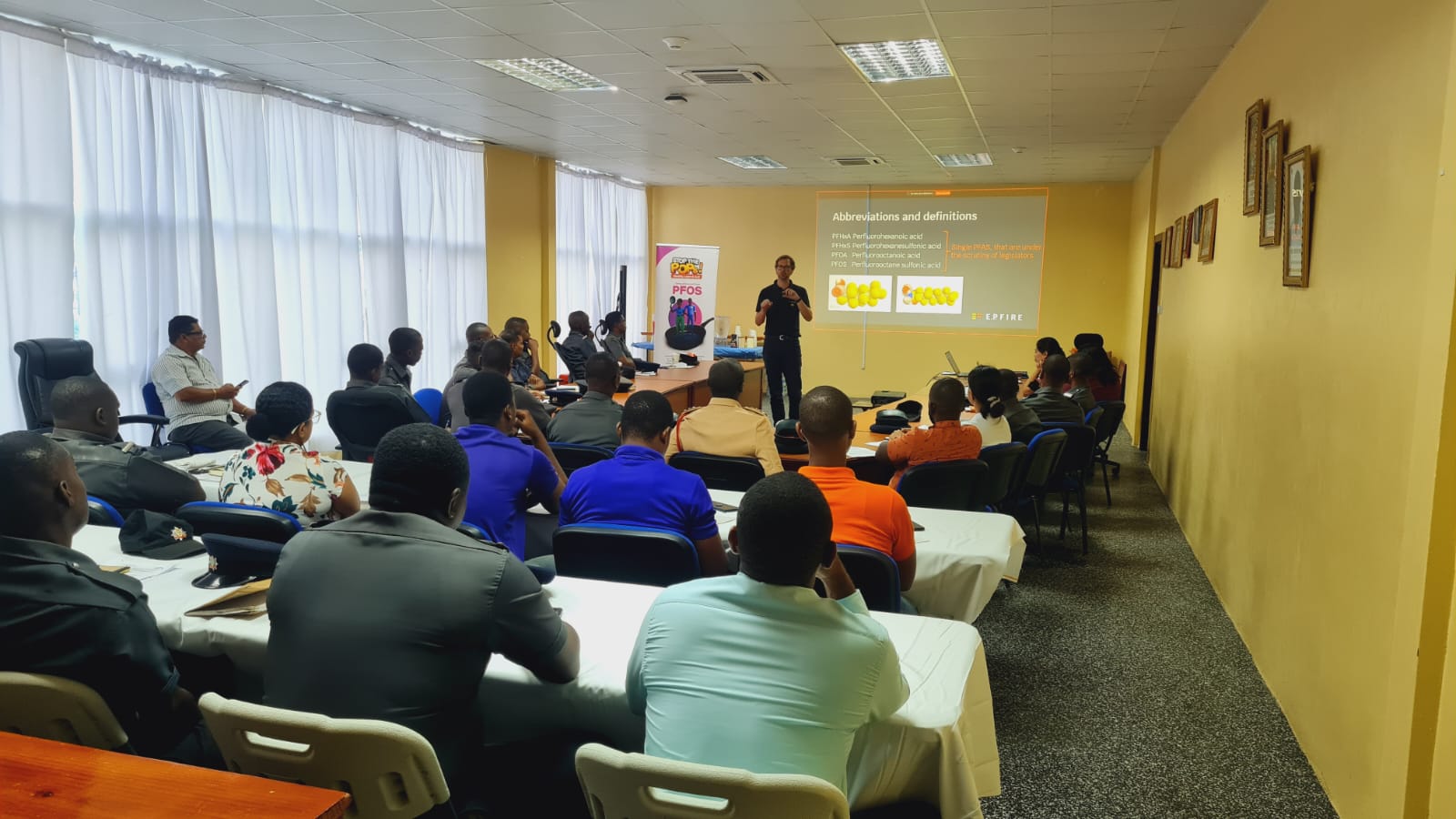
Guyana also reached out the consultants who developed its first NIP in 2012 and drew on their experiences where past efforts went wrong and what data and advice were available to avoid common pitfalls. An inventory development workshop hosted by Guyana brought all stakeholders together, providing training on POPs chemicals, how to conduct the inventory, health and environmental risk, as well as fostering open discussion about data sources and the importance of each stakeholder’s contribution. This collaborative environment led to the creation of a technical working group that enhanced inter-agency cooperation.
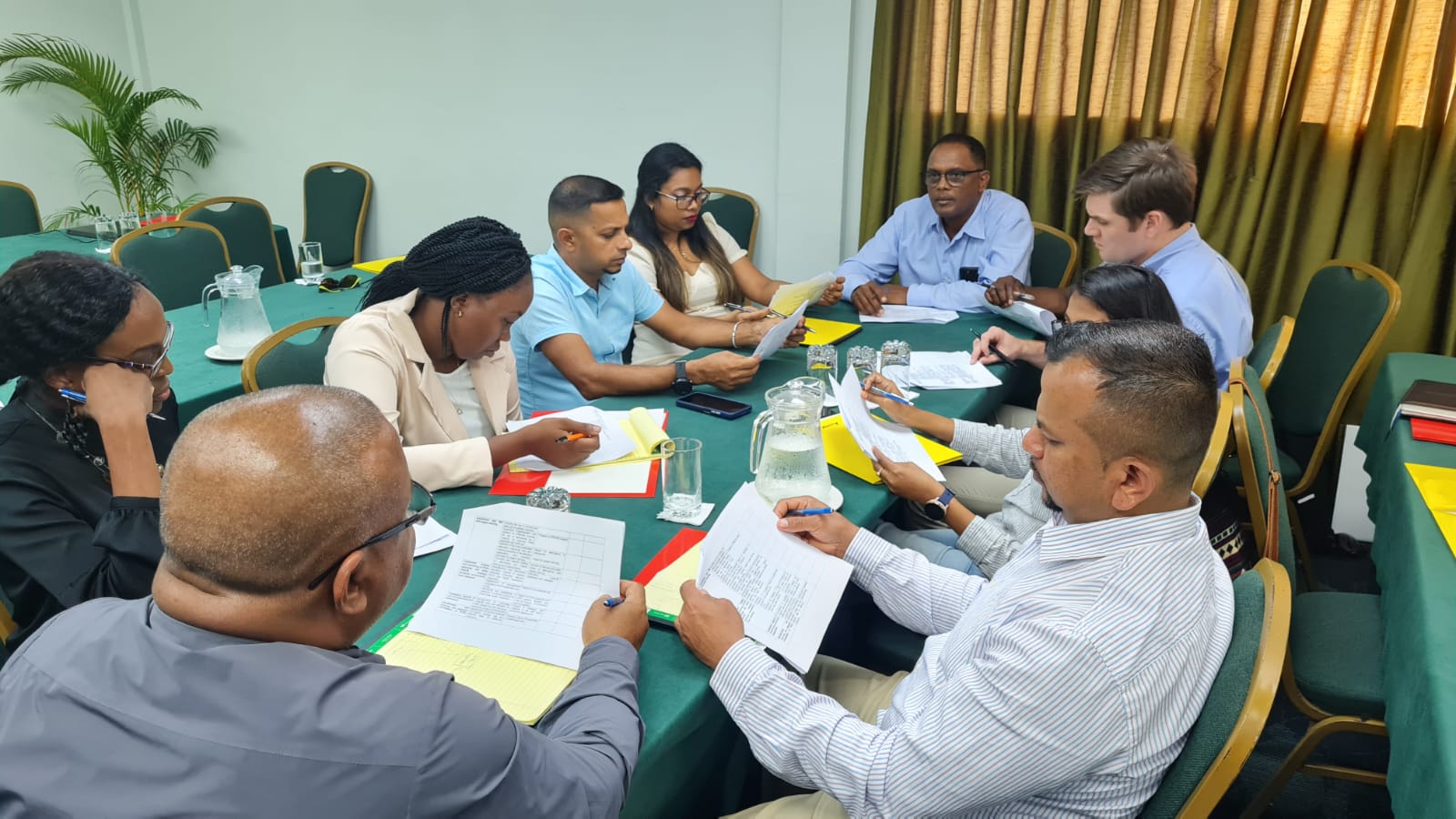
Guyana’s approach resulted in strong coordination and communication, with agencies such as the Pesticide and Toxic Chemicals Control Board (PTCCB), Environmental Protection Agency (EPA), Ministry of Health, Ministry of Local Government, Customs, Fire Services, Guyana Sugar Corporation (GuySuCo) and the private sector. This inter-agency cooperation ensured each stakeholder recognised their responsibility and was eager to contribute with ownership, providing high-quality data supplemented where necessary by international databases like UN Comtrade.
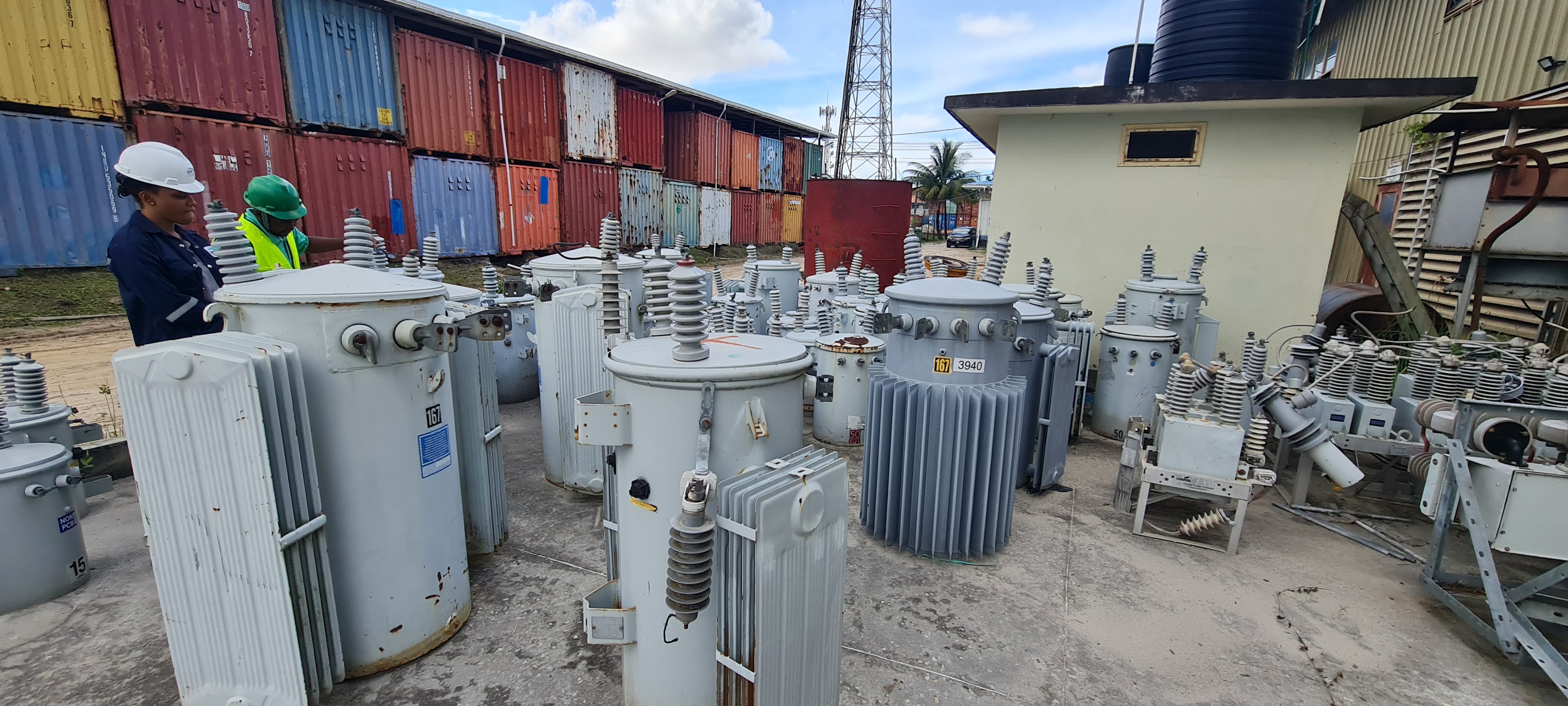
Achievements and lessons learned
Thanks to these early investments in coordination and proactive planning, the flow of the inventory process could be smooth. Enhanced inter-agency collaboration and strong communication among institutions ensured that disruptions were minimal. The data collected was of high quality, and the process reinforced trust and ownership among participating agencies.
Guyana’s experience underscores several key lessons:
- Proactive planning leads to smooth execution.
- Early stakeholder mapping and clear communication are essential to success.
- Existing national data sources and institutional networks should be leveraged as much as possible.
- Regional cooperation and technical guidance are invaluable.
- Strong inventory leads to effective POPs management.
Challenges encountered during the inventory process
Despite its successes, Guyana’s POPs inventory process also faced several important challenges that reflect systemic issues in chemicals management. First, institutional and capacity limitations were a major concern. Historical data and record-keeping have been inconsistent, with some information lost as responsibilities shifted between ministries. Technical expertise and laboratory facilities remain limited, constraining the ability to validate findings or analyse complex compounds. Waste management and disposal also remain underdeveloped. Guyana does not yet have a comprehensive national strategy for the environmentally sound management (ESM) of POPs waste and related data.
Communication and awareness challenges were apparent throughout the process. There is still limited public and institutional understanding of the environmental and health impacts of POPs, particularly for newly listed substances. Policy and legislative gaps also require attention. Each time a new POP is added to the Stockholm Convention, corresponding amendments are needed in national legislation.
The impact of these challenges is tangible. Underreporting of POPs and associated risks continues to expose the population and the environment to harm. For example, Guyana was unable to accurately estimate PFOS contamination levels in firefighting foam. Similarly, it could not confirm the presence of hexabromocyclododecane (HBCD) and short-chained chlorinated paraffins (SCCP) in imported goods. The team often relies on estimates using harmonised system (HS) codes, which, while useful, cannot replace precise measurements.
Major successes: Building systems and setting a baseline
Even with these hurdles, Guyana recorded several significant achievements. The inventory process helped build a multi-sectoral stakeholder network, enabling stronger institutional linkages. The POPs inventory was also aligned with other international frameworks, including the Basel and Rotterdam Conventions, ensuring that efforts to control hazardous chemicals were not undertaken in isolation. Perhaps most importantly, the team succeeded in establishing a baseline for 28 identified POPs, serving as a groundwork for improved chemicals and waste management.
“What we have learned is that inventories are more than data collection. They drive the system change.”
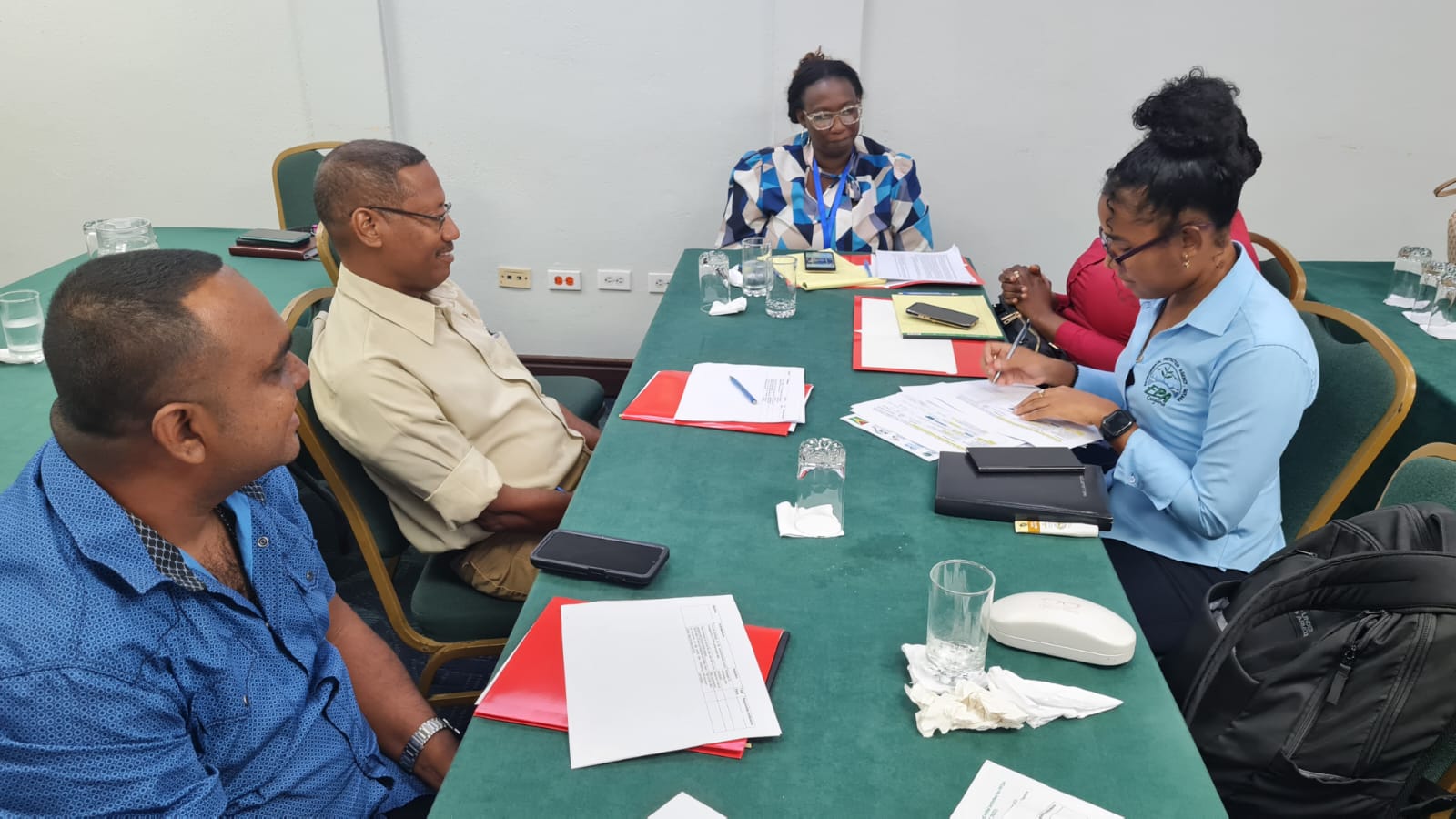
Inventories are not simply about collecting data, but they are drivers for systemic change. Continued international support, inter-agency coordination and public awareness will remain crucial as the country moves forward. Guyana’s experience is a testament to power of proactive planning, learning from past experience, regional collaboration and commitment.
It is possible to overcome entrenched obstacles and build lasting systems for the environmentally sound management of POPs. As the country looks to the future, the POPs inventory will serve as a vital foundation for national planning and enforcement strategies. In Guyana, as elsewhere, strong inventories continue to be the cornerstone of effective POPs management.
This blog post was developed drawing on insights from the Global Green Growth Knowledge Partnership (GGKP) roundtable Inside the POPs Inventory: Lessons, Challenges and Successes from the Global NIP Update held on 14 April 2025. As part of the Global NIP Update project (GEF ID 10785), funded by the Global Environment Facility (GEF) and led by UNEP, this roundtable brought together nine countries currently engaged in reviewing and updating their National Implementation Plans (NIPs) under the Stockholm Convention to foster peer learning on the development of POPs inventories.
To learn more about the Global NIP Update project, visit Global NIP Update | Green Policy Platform
For a deeper dive into the GGKP roundtable on POPs inventory, you can access the full recordings and materials here: Inside the POPs Inventory: Lessons, Challenges and Successes from the Global NIP Update

